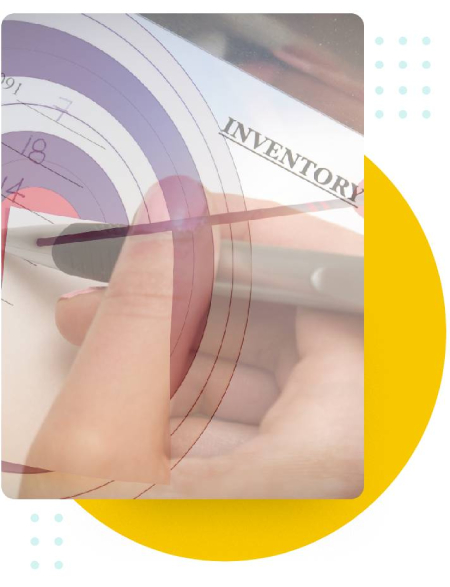We’ll look into the effective ways to label critical components in just a moment, but first, let’s look at an example instead. Let’s pretend you are a jam manufacturer. The manufacturing process for your jam has started and your raw materials, i.e. the ingredients for your jam, are past their raw stage and ready to be poured into jars. However, in order to get to the stage where the jam is poured into jars, the product has to go forward on a conveyor belt. But lo and behold; the conveyor belt stops working and as it turns it, it must be replaced urgently in order for your operations to continue.
As you can probably tell, the belt in this scenario is a critical component, as without it, your main product i.e. jam, cannot be properly produced. The example at hand is meant to highlight the importance of having such items readily available, and that can only happen if you have a proper parts inventory management system in place that takes into account effective labelling.
As for the labelling, there are two popular methods that you can opt for when it comes to labelling. These are the ABC method and the XYZ method.
ABC Method:
The ABA method, according to AICPA, is a method that is for “classifying inventory based on the items’ consumption value.” What this essentially means is that in this method, you arrange your parts in accordance with how much they are used. A parts are the ones that have the “highest consumption” i.e. the ones that are most used, whereas B parts have medium usage, and C parts have the lowest usage.
The interesting thing is that the A parts are supposed to comprise the largest percentage of parts used, but the lowest percent of inventory stock in total. On the other hand, the C parts comprise the smallest percentage of parts used, but the highest percentage of the inventory stock in total. This means that your A parts section of the inventory will work the best if it is highly concentrated, and only consists of the best of the best.
XYZ Method:
According to AICPA, this method is used to classify inventory items in accordance with the variability of their demand. In that regard, the X parts will be the parts that can be reliably forecasted and require very little variation, whereas the Y parts come with the prospect of some variation, and the Z parts are the most variable and hence quite difficult to forecast.
The XYZ is a method very similar to the ABC method, and in this method too the X parts section will be the smallest yet the most valuable, whereas the Z parts section will be much bigger in size yet comprise the minority of inventory value.





